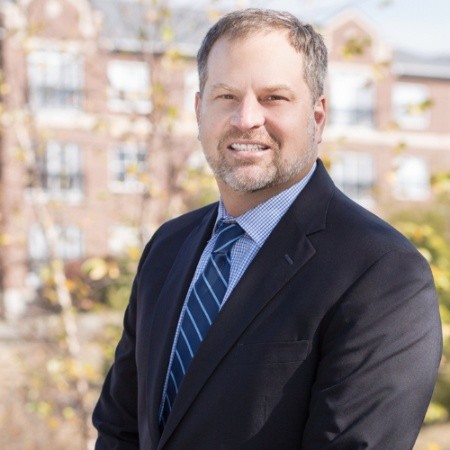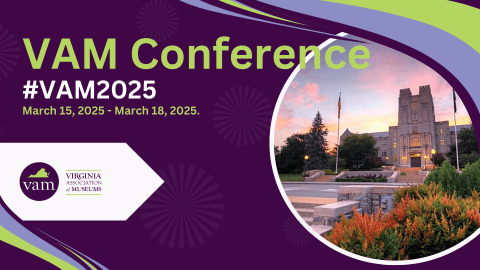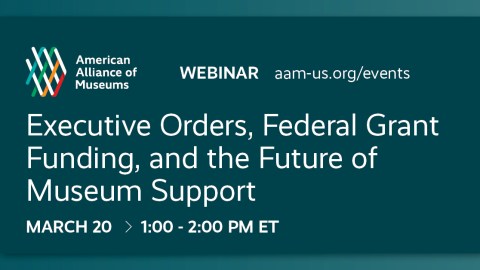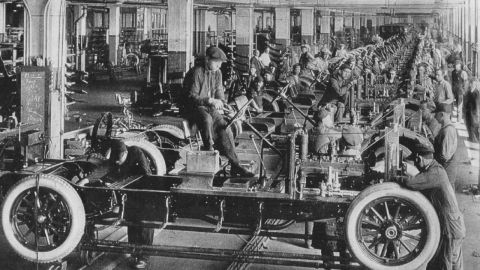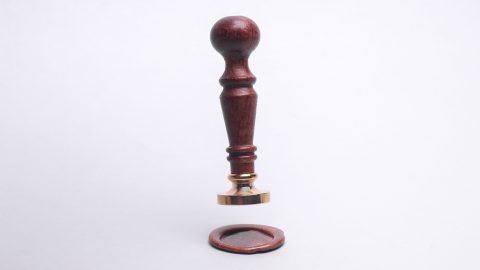
This post was originally published on Medium, March 20, 2018. Republished here with permission.
The past decade or so, I have marked the true beginning of spring not with the flowers blooming or my allergies acting up, but with the start of conference season. Spring is the time when many state museum associations hold their conferences, and for many of us, the spring conference season ends at the American Alliance of Museums conference (what I call the Museum Super Bowl).
Typically my official spring conference season usually begins with the Tennessee Association of Museums conference, but this year it began a bit earlier with an opening town hall at the California Association of Museums in February.
As I prepared for the spring conference season, I thought it a good time to share some of my conference-going insights.
MAKE SURE YOUR NAME BADGE FACES OUT. Yes, I put this in BOLD/CAPS for a reason… This helps others recognize you by your name later and avoids the awkward — “What was your name again?” — interaction. You have a name badge, use it properly…please.
Call Others by Their Name. This does several things. First, according to career coach Joyce Russell, “It is a sign of courtesy and a way of recognizing them.” It is also a way to help you remember others’ names. Last, people remember more fondly people with whom they’ve had a good interaction. Make your interactions the most meaningful they can be by using names wherever possible. As Dale Carnegie once wrote, “A person’s name is to him or her the sweetest and most important sound in any language.”
Strive to Meet Others. In large social situations, many people (even us extraverts) tend to huddle up with the people we know best. This is natural but eliminates one of the key functions of a history or museum conference: the gathering of a large group of people under the banner of history or museums (or nonprofits or education or whatever). These are people who share many of the same insights as you do and seek to do in the world what you’re hoping to do. They are YOUR PEOPLE.
Here are some hints on how to navigate this from Lifehacker:
Break the Ice In Any Situation with These 10 Conversation Starters
How to Survive a Party When You Don’t Know Anyone
How I Became the Kind of Person Who Can Work a Room
Make Sure You Have Business Cards. For me, getting my first business card was a symbol that I’d achieved a measure of something — akin to Steve Martin’s excitement about being in the phone book in The Jerk. Maybe I’m old skool, but I have long been flummoxed by the number of people who don’t bring business cards in conference situations. Leaving someone with your business card is a tactile reminder to someone of his or her interaction with you. Many people (including yours truly) write little notes on the back of business cards as reminders and for follow-up.
Bring Your Resume. The dance of the job candidate is a popular part of the conference experience. Even if you’re not on the market, there are instances where it’s helpful to have your resume at your fingertips. If asked, it speaks volumes that you have a resume with you. Also, I’ve found that many museum people’s resumes just don’t convey enough about a person’s experience and suitability for a job and some of us are happy to review your resume if asked. Have it with you just in case.
Two instances within the past several weeks reminded me of the importance of some of these principles.
ALWAYS HAVE BUSINESS CARDS. Last Saturday, I gave a keynote address for a Kentucky Museum and Heritage Alliance workshop on History Relevance at Shaker Village of Pleasant Hill. The event included nearly fifty history professionals, most from Kentucky, but several from as far away as Washington, D.C.

After I finished my talk, I reached into my bag to pull out business cards to share with folks as they talked to me and realized, to my horror, that I had NONE, NADA, ZILCH. The only card I had was one of those old ones in my wallet. You know, the kind with the worn out corners and the marks all over it! Certainly not the professional image I wanted to impart.
STRIVE TO MEET OTHERS. As I prepared to write this post, I reflected on how often I violate #3 on my list. For me, conferences are somewhat like “old home week.” They’re a chance to reconnect with friends I only see once or twice a year. And in my downtime between those meetings, I sometimes retreat to myself — staring at my phone, listening to music on earbuds, and the like.
Just this past week I had a Twitter exchange with James Heaton of the Tronvig Group. James had posted on Twitter about the importance of connections between life and work.
It reminded me of an interaction James and I had had a few years earlier at AAM where he intentionally sat down next to a stranger (me!) and made a connection. I sent the following on Twitter:
This statement is absolutely true and it’s because James put #3 to work: Strive to Meet Others. I am grateful for that interaction to this day.
I’m interested to hear your thoughts. How do you navigate the world of these networking and professional development events? Do you find them to be wonderful and mind-blowing? Do you find them to be exhausting and impenetrable?
If you’re like me, it is a combination of all of these. That’s what makes the gatherings so awesome for me.
The following, from my good friend Carol Kammen, who’s written the “On Doing Local History” column in History News since the mid-1990s, really gets to the heart of the importance of conferences. (Incidentally, this was also the first AASLH conference I attended, and the first time Carol and I met face-to-face.)
Annual meetings remind us that we are professionals among others in a field that is often not quite understood and that is sometimes poorly defined, but one that is always interesting, and sometimes really quite thrilling. We might work alone but we have so much to discuss with each other — to learn from each other.
The full column is available for download here.
And whether you adhere to my personal precepts or not, I hope you make it a priority to gather with your peers at museum conferences. And if you’re a director or a board member, that you support your staff in doing so as well.
See you this spring at the Tennessee Association of Museums, the Nebraska Museums Association (which I’ll keynote), or at AAM, the Museum Super Bowl!
A twenty-year veteran of the nonprofit world, Bob Beatty is the founder of The Lyndhurst Group, a history, museum, and nonprofit consulting firm providing community-focused engagement strategies for institutional planning, organizational assessments, and interpretive direction.
